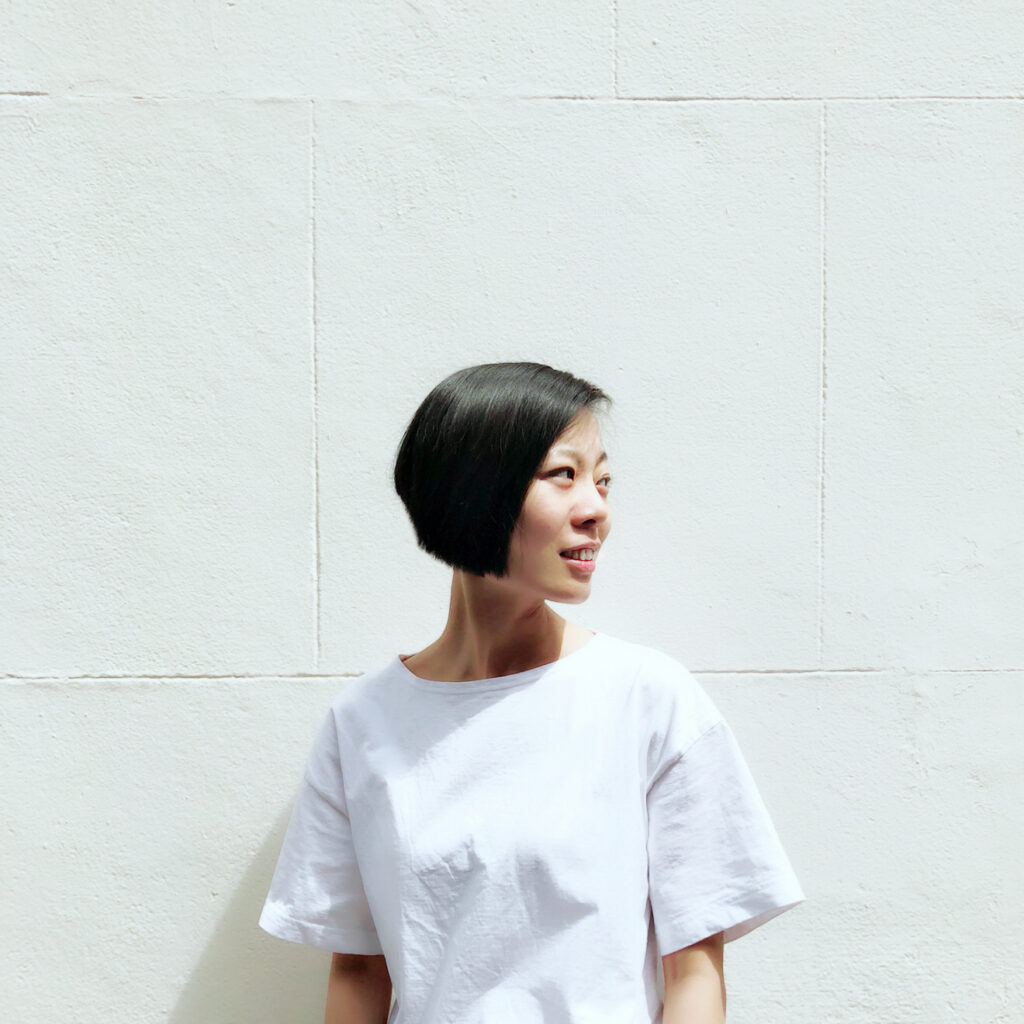
Harvard GSD names Jingru (Cyan) Cheng winner of the 2023 Wheelwright Prize
July 5, 2023 – Harvard University Graduate School of Design (GSD) is pleased to name Jingru (Cyan) Cheng the winner of the 2023 Wheelwright Prize, a $100,000 grant to support investigative approaches to contemporary architecture, with an emphasis on globally minded research. Her project, Tracing Sand: Phantom Territories, Bodies Adrift, focuses on the economic, cultural, and ecological impacts of sand mining and land reclamation. From airports to beaches and river basins to hydroelectric dams, sand is a humble material that has a fundamental role in the built environment and human communities. Supporting modern cities and modern life, sand is a key component of concrete, glass, asphalt roads, and artificial land. However, by dredging underwater systems and channels, sand mining erodes riverbanks and disrupts ecosystems, resulting in a long chain of consequences and dependencies. Colossal amounts of sand are mined and moved to shape one habitat while destroying another.
The proposal of Tracing Sand is the convergence of my different lines of work so far, the teachings that made me an architect, and the life experiences that made me.
Jingru (Cyan) Cheng
The Wheelwright Prize will fund two years of Cheng’s research and travel, including visits to airports in Singapore, beaches in Florida, rivers in the Mekong Delta in Vietnam, and rural immigrant communi-ties in China. Investigating how sand is mined and used in these diverse sites, Cheng will conduct interviews with key stakeholders and research design decisions, procurement routes, contractual rela-tions, financing, regulations, and policies. She also plans to develop educational and public pro-grams, and a multi-media archive that will be open access and made available for the affected com-munities, activist groups, and associated researchers.
“The proposal of Tracing Sand is the convergence of my different lines of work so far, the teachings that made me an architect, and the life experiences that made me. I see architectural materiality as an active, tangible force driving and shaping long chains of consequences and dependencies. It draws surprising connections between sites, communities, and ecologies. Winning the Wheelwright Prize affirms that the questions I’m after are part of the larger quest of architecture today, at a time of intensified social injustice and ecological crisis,” Cheng says. “As a travel-based design research award, the Wheelwright cannot be more fitting for this rather audacious proposition: to follow sand is to trace architectural materiality through supply chains and ecosystems. It is to learn through embod-ied experiences the entangled flows of people, life forms, matter, and the built environment across scales. Understanding how interconnected and interdependent we all are is fundamental today. I believe architecture provides a material wayfinding through this almost incomprehensible entangle-ment—and offers possibilities to transform it.”
“In his book The World in a Grain (2018), American-Canadian journalist Vince Beiser underscores why sand affects each and every one of us: ‘It is to cities what flour is to bread, what cells are to our bodies: the invisible but fundamental ingredient that makes up the bulk of the built environment in which most of us live.’ Cyan Cheng’s Wheelwright proposal takes Beiser’s claim one step further: sand underpins our built environment, but also our global economy,” says Sarah M. Whiting, Harvard GSD’s Dean and Josep Lluís Sert Professor of Architecture. “Tracing together material evidence, technological expertise, labor practices, and corporate reach, Cheng’s study has breadth that makes it relevant to every community across the globe, and specificity that promises to reveal hitherto unknown repercussions of this fragile resource.”
“Tracing Sand examines an increasingly ubiquitous material that is at the base of the production of land and architecture by following its sourcing and consumption, unveiling the increasing entanglement of matter and site, as well as the livelihoods affected by its extraction,” observes Noura Al Sayeh, Head of Architectural Affairs for the Bahrain Authority for Culture and Antiquities. “By dissecting the complexity of material supply chains and the complicity of architecture in the destruction of natural environments, Cyan’s research bridges opposing sites and actors, from extraction to consumption, local communities to stakeholders. Through a multi-media approach and an in-depth analysis of the guts of hypermodernity, the proposal aims towards a comprehensive shift in the value system of architecture.”
About Jingru (Cyan) Cheng:
Jingru (Cyan) Cheng works across architecture, anthropology, and filmmaking. Her practice follows drifting bodies—from rural migrant workers to forms of water—to draw out latent relations across scales, confronting intensified social injustice and ecological crisis. Cheng received commendations from the Royal Institute of British Architects (RIBA) President’s Awards for Research in 2018 and 2020. She is also a 2022 Graham Foundation Grantee. Her work has been exhibited internationally as part of Critical Zones: Observatories for Earthly Politics at ZKM Karlsruhe, Germany (2020–22), the Seoul Biennale of Architecture and Urbanism (2019), the Venice Architecture Biennale (2018), among others, and is included in the Architectural Association’s permanent collection.
Cheng holds a PhD by Design and M.Phil in Architecture and Urban Design (Projective Cities) from the Architectural Association (AA), and was the co-director of AA Wuhan Visiting School (2015–17). She co-led the MA architectural design studio Politics of the Atmosphere (2019–22) and currently teaches an interdisciplinary module across all schools at the Royal College of Art in London.
Previous Work
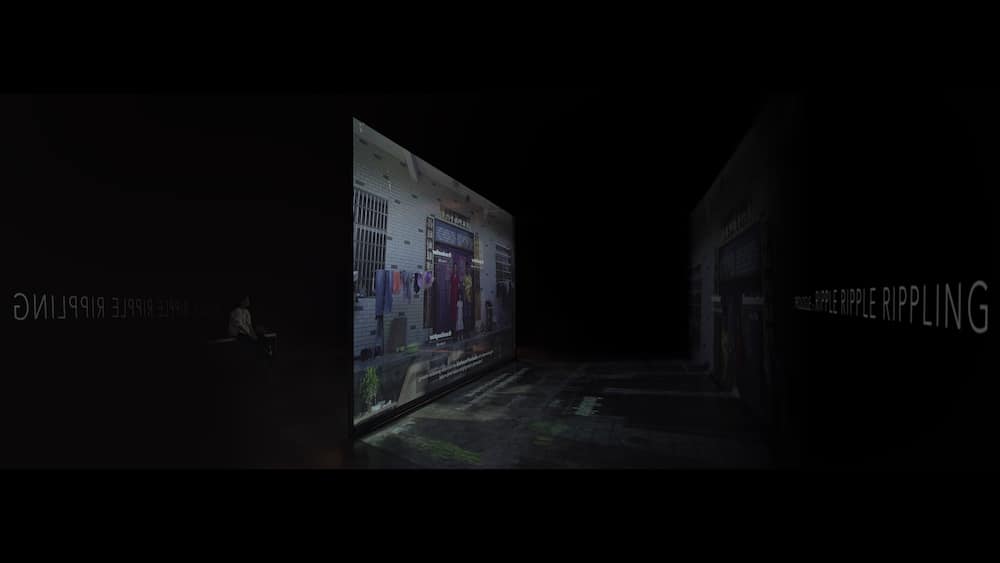
Ripple Ripple Rippling
A transdisciplinary framework—at the intersection of architecture, anthropology, performance, and filmmaking—that recognises, articulates, and communicates the non-discursive, bodily knowledge embedded in the everyday practice of the dissolved family in contemporary rural China.
Image Credit: Photo by Chen Zhan.
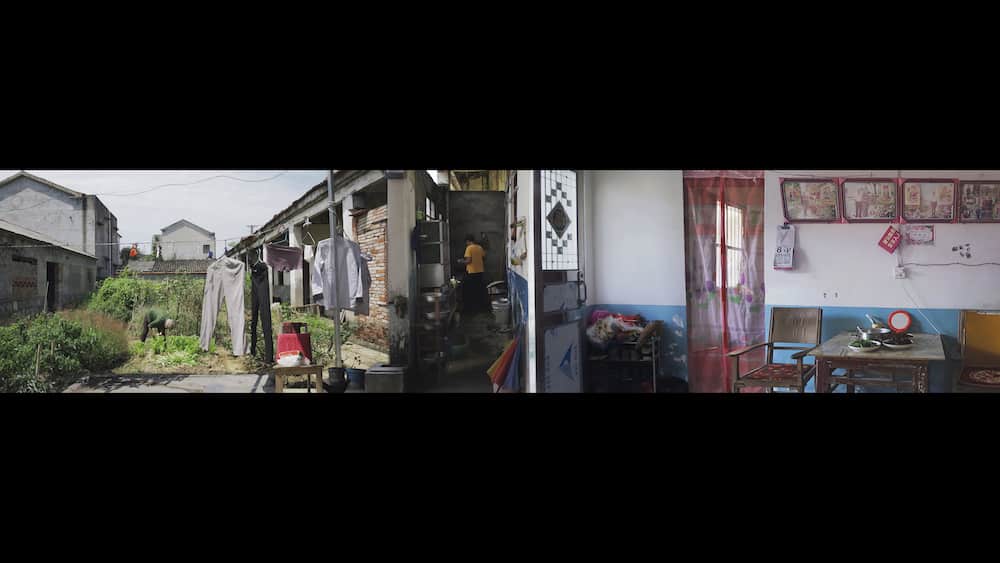
On the Margins
Following the dissolved families of rural migrant workers in China, the architectural reconstruction of filmic space and time is developed to capture the crucial role of thresholds in conditioning an intergenerational, interdependent way of living that is somewhere between the family and the collective.
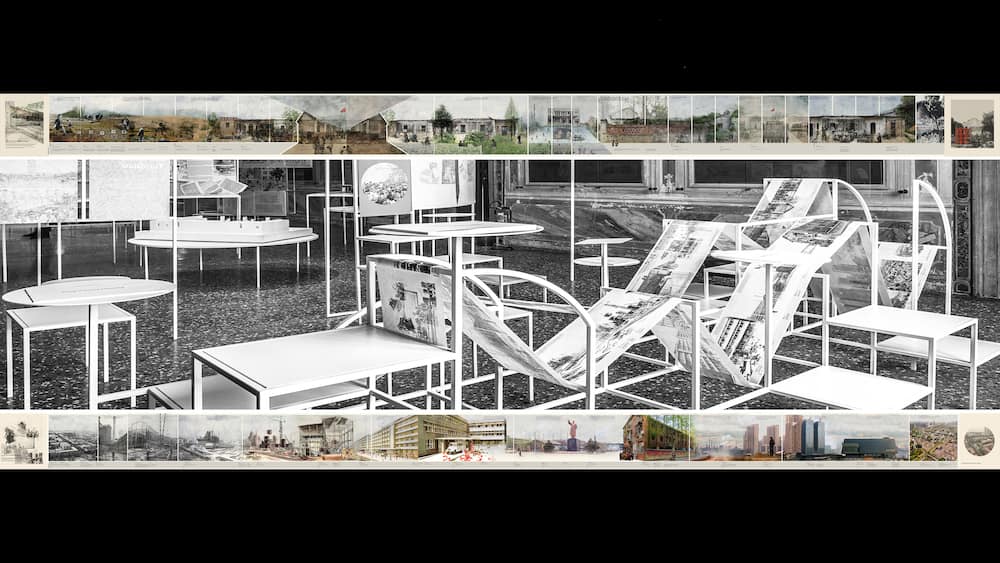
Scroll as Method: Structured Ambiguity
As a tool for design research, the scroll is a hosting device of ethno-fictional documentation and grounded speculation, through constructing a succession of juxtaposed conditions in a related sequence.
Image Credit: Middle Photo: Davide Galli.
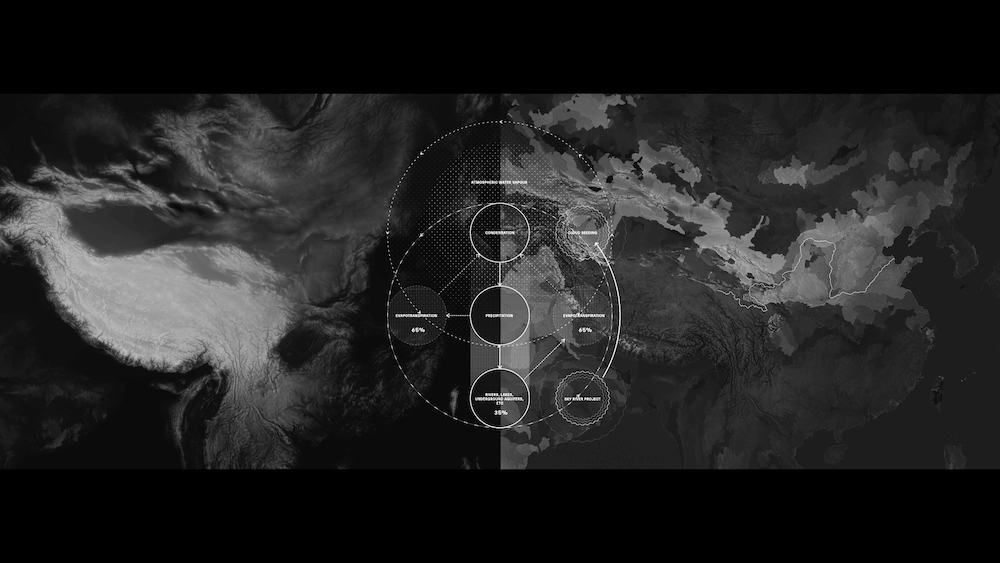
Sky River: Politics of the Atmosphere
Through the Sky River, both the conceptual model and the geoengineering experiment to divert clouds and rainfall above the Qinghai-Tibet Plateau, the atmosphere is studied as an architectural domain that situates local interventions within planetary metabolisms. The research is co-led by Elise Hunchuck, Marco Ferrari and Jingru (Cyan) Cheng.

Orchid, Bee and I
A fictional ethnography of a near future, prompted by individual and collective experiences of living with the pandemic and the climate crisis. Behind the filmic world-building is a methodological experiment: Speculative Anthropology.
2023 Wheelwright Prize: Jury and Finalists
Jurors for the 2023 prize include: Noura Al Sayeh, Head of Architectural Affairs for the Bahrain Authority for Culture and Antiquities; Mira Henry, design faculty at Southern California Institute for Architecture; Mark Lee, Professor in Practice of Architecture at Harvard GSD; Jacob Reidel, Assistant Professor in Practice of Architecture at Harvard GSD; Enrique Walker, Design Critic in Architecture at Harvard GSD; and Sarah M. Whiting, Dean and Josep Lluís Sert Professor of Architecture at Harvard GSD.
Cheng was among four distinguished finalists selected from a highly competitive and international pool of applicants. The 2023 Wheelwright Prize jury commends finalists Isabel Abascal, Maya Bird-Murphy, and DK Osseo-Asare for their promising research proposals and presentations.
Jingru (Cyan) Cheng follows 2022 Wheelwright Prize winner Marina Otero, whose Wheelwright project, Future Storage: Architectures to Host the Metaverse, is currently in its travel-research phase.
Now in its 11th cycle, the Wheelwright Prize supports innovative design research, crossing both cultural and architectural boundaries. Previous winners have presented diverse research proposals, including studies of kitchen typologies around the world; the architecture and culture of greenhouses; the potential of seaweed, shellfish, and the intertidal zone to advance architectural knowledge and material futures; and how spaces have been transformed through the material contributions of the African Diaspora.